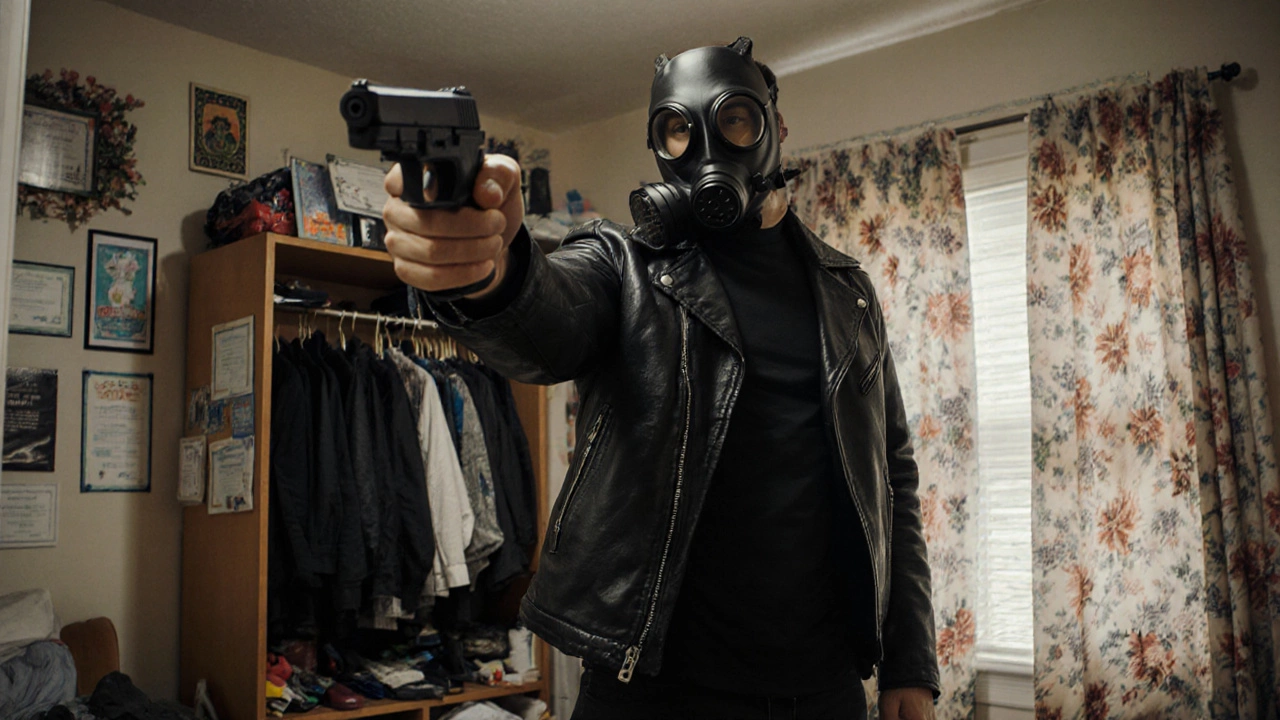Jill Dando Murder: Facts, Theories, and Ongoing Investigation Insights
When talking about Jill Dando murder, the unsolved killing of a beloved British TV presenter in 1999 that still sparks debate and media attention. Also known as the Dando case, it involves a complex mix of police work, public speculation, and lingering questions about motive.
The central figure, Jill Dando, was a prominent broadcaster for the BBC, famed for her warm on‑screen style. Her career in news and weather made her a household name, which is why her death shocked the nation. The tragedy happened on 26 April 1999, a date that quickly became a reference point for discussions about high‑profile crime in the UK.
Key Players and Investigative Milestones
Metropolitan Police, the lead law‑enforcement agency handling the case, launched one of the most extensive murder investigations in British history. Their efforts included forensic reviews, suspect interviews, and a public appeal that drew worldwide attention. The police’s approach illustrates how a major murder case requires coordinated resources, from crime scene analysis to media liaison.
The year 1999, a period marked by several high‑profile crimes, set the backdrop for the Dando investigation. In that era, digital forensic tools were still emerging, which influenced how evidence was collected and interpreted. This temporal context helps explain why some leads stalled and why new technologies keep reopening old files.
Intense media coverage, ranging from nightly news bulletins to tabloid speculation, shaped public perception of the case. The press not only reported facts but also amplified rumors, creating a feedback loop that affected both the investigation and the families involved. Understanding this media‑crime relationship shows why the Dando story remains a cultural touchstone.
Beyond the primary suspects, the case introduced secondary entities like the Barry Scriven theory, which suggested a lone gunman linked to a prior criminal record. Though Scriven was eventually cleared, the theory illustrates how investigators weigh multiple hypotheses before narrowing focus. This pattern of hypothesis testing mirrors scientific methods used in other fields, such as sports analytics or medical research.
Another strand involved the Stephen Lawrence Inquiry influence, which prompted reforms in police handling of high‑profile cases and highlighted the need for transparent investigations. The Dando case benefited from some of these procedural changes, showing how one landmark case can drive systemic improvement across unrelated investigations.
People still wonder why a clear resolution remains elusive. The interplay of limited forensic evidence, conflicting witness statements, and the relentless media spotlight creates a perfect storm that hinders closure. This dynamic demonstrates that solving a murder isn’t just about finding a perpetrator; it’s about coordinating law enforcement, technology, and public communication.
Looking ahead, new DNA techniques, digital archives, and renewed public interest could finally tip the scales. As each piece of evidence is re‑examined, the “Jill Dando murder” tag continues to collect fresh analysis, expert commentary, and fan‑driven theories. Below, you’ll find a range of posts that dive deeper into the investigative timeline, media influence, and the broader cultural impact of this enduring mystery.
Barry George Acquitted in Jill Dando Murder Retrial
Barry George's 2008 retrial for the killing of TV presenter Jill Dando unfolded at the Old Bailey with new photographic evidence and a contested forensic claim. The prosecution painted him as an obsessed fan, while the defence offered an alibi that put him elsewhere. Key residue evidence was ruled inadmissible, weakening the case. After weeks of testimony, the jury returned a not‑guilty verdict on August 1, freeing George after seven years behind bars. Police later described the killing as a professional hit, leaving the case still unsettled.



